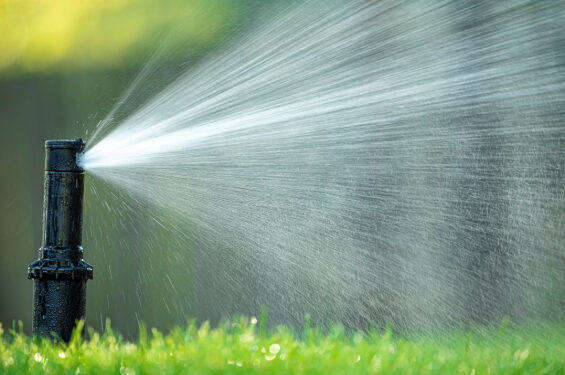
When the weather report predicts any type of storm, it’s time to prepare for the possibility of an electrical outage. Whether it’s the lightning bolts of a thunderstorm, the damaging winds of a tornado or the heavy snows of a blizzard, these powerful storms can cause blackouts, brownouts and other electrical glitches.
You can’t control the weather – but you can safeguard your valuable appliances and electronics against the threat of a power disruption. Follow these tips to be prepared.
Before a power outage
Invest in a home generator
Portable generators can be a great solution during a blackout. But if one is connected to the main power supply of your home when the power comes back, your generator can be “catastrophically destroyed,” according to Don Nanney, senior manager in the System Analysis and Control Division at EPB, a municipal power company in Chattanooga, Tenn.
When running a generator, turn off your main breaker so you’re disconnected from the electric utility. Remember to unplug the generator before turning the main breaker back on, too.
Purchase surge protectors
Think of surge protectors as inexpensive insurance for your priciest electronic items. If you have a $1,000 television, it’s worthwhile to invest a few more bucks in a UL-listed surge protector. The same goes for any other expensive electronic devices you own. And if there is a power surge, be sure to replace all your surge protectors. “It’s their job to give up their life for your more expensive electronics,” says Nanney.
Purchase a battery backup to power your computer
Protect your computer from a power outage. If the power goes out while you’re working on a desktop computer, you risk losing everything that wasn’t saved. An uninterruptible power source (UPS), also known as a battery backup, gives you a “grace period” of five to seven minutes of reliable power to save all your work and shut down properly. “For less than a hundred dollars, you could save yourself a lot of time and money on lost work,” says Nanney. A more expensive alternative is to replace your desktop computer with a laptop. Keep the battery charged and you’ll have plenty of time to save your work in the event of a power outage.
Create a family emergency communication plan
The Federal Emergency Management Agency (FEMA) offers a mobile phone app that lets you record family emergency meeting spots, find shelters and disaster recovery centers, check off items in your emergency kit and more. The app is available for many devices socheck with your provider.
No matter what kind of mobile phone you have, you can also text FEMA to receive safety tips. Text PREPARE to 43362 (4FEMA) for monthly preparedness tips—or text SHELTER and your ZIP code to find the nearest emergency shelter.
Have an emergency outage kit ready
Before the power goes out, assemble an emergency outage kit. Here are some items to include, as recommended by the American Red Cross:
- One gallon of water per person per day for at least three days
- Non-perishable, easy-to-prepare food to last each person at least three days
- Flashlight and extra batteries
- First-aid kit
- Medications and medical supplies to last each person at least seven days
- Sanitation and personal hygiene products
- Essential personal documents such as medication lists and insurance policies
- Cell phone with wall and car chargers
- Pet food and supplies, including water
- Emergency contact information for friends and family
During a power outage
Unplug or turn off electronics
Whenever a storm approaches, take the time to move through your home to turn off and unplug all small electronics and appliances. Lightning can come into your house through the wiring, so disconnecting these items from their power source will protect them from damage. If you notice signs of a brownout once the storm hits – such as a prolonged dimming of lights – be aware that your refrigerator’s motor might have difficulty operating in this low-voltage situation. Don’t risk touching the plug or outlet during the storm – but you may want to break out the ice cream before it melts.
Keep freezer and refrigerator doors closed
Once the power goes out, put refrigerated and frozen items into the freezer quickly and group them together to help them stay cold, suggests the U.S. Department of Agriculture. Use an appliance thermometer to check for safe temperature levels of 0°F in the freezer and 40°F or below in the fridge.
Keep the fridge and freezer doors closed as much as you can. Food will stay cold for about four hours in the fridge and about 48 hours in the freezer if it’s full. Beyond those time frames, throw away perishable food.
Never use generators, grills or camp stoves powered by propane, natural gas or charcoal indoors. Once the power comes back on, stay away from electrical power lines and report downed lines to your local power company.
No matter what storm you are weathering, Nationwide can help protect your home and personal belongings. Learn more about homeowners insurance.



